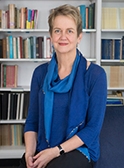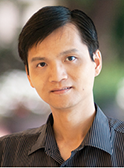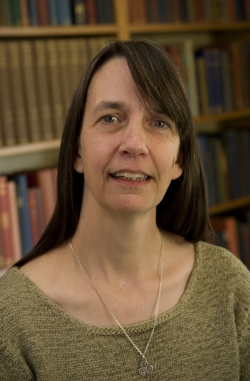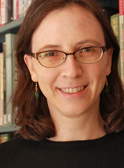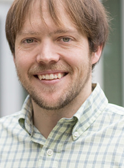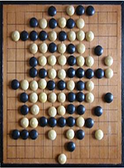Decoding Octopus Electroencephalography (EEG)*
The focus of Tse's work in Psychophysics and Cognitive Neuroscience is mid- and high-level human vision. In the domain of mid-level vision his group has worked on deciphering the rapid form-motion computations that go into the construction of subsequent visual experience. For example, in the case of the apparent motion of lights jumping back and forth on top of a police car, brief, static flashes of light, toggled back and forth, give rise to the experience of analog motion jumping back and forth. We experience this 'mistake' even though, cognitively, we know that no lightbulbs are actually jumping around. Tse argues that this illusion of apparent motion occurs because a stage of inference is central to the computation of motion vectors, such that objects in one scene are matched to what is presumed to be themselves in the next scene, on the basis of assumptions about how objects in fact move about the world. What is experienced is the motion that is inferred to have taken place given these initial and end states. In Tse's view, following Gestalt Psychology, consciousness is constructed on the basis of numerous such interacting operations. These preconscious and unconscious operations may add information, such as illusory contours, surfaces and volumes, that are not present in the detected image. Consciousness is therefore an internal construction, but one that differs from hallucination in that it has evolved to be veridical representation of what is happening. This construction is not passive. In fact, we can volitionally alter our consciousness by, for example, by choosing to look next at this versus that, or to attend to this versus that, for our own reasons.
Since 2016, Tse has begun to study octopus cognition. This began with this epiphany: "I asked myself 'what is the most alien nervous system on the planet capable of sophisticated visual processing?' The answer was the octopus, with its two brains, one bilateral and the other shaped like a ring around it. If we could understand how an 'alien' brain and our mammalian brain solved similar complex computational problems, whether at the algorithmic or neural level, we could learn a lot about potential universals of computation in brains." Regarding the "alien" nature of the octopus brain, note that our last common ancestor was likely the sub-1mm long, bilateral seaworm 'Urbilateria' that is hypothesized to have lived in the sands of the warm shallow seas of the pre-Cambrian, perhaps similar to the modern 'living fossil' seaworm platynereis dumerlii. Given the shared genetic inheritance from this ancestor found in vertebrates, arthropods and cephalopods, Urbilateria likely had photosensitive simple eyes and centralized ganglia for processing sensory input. Since our divergence, the lineages that led to the octopus and to us have convergently evolved almost identical camera-like eyes. In addition, both lineages have convergently evolved the capacity to process visual input up to a level of 3-D shape recognition; We know this must be true of the octopus because many species can mimic the shapes of coral on their skin, or even mimic whole animals. How deep does octopus and vertebrate convergent evolution go? What kinds of cognition are they capable of using their 500 million neurons, which, incidentally is approximately as many as in the cortex of a bear or lion? The new Dartmouth Octopus Cognition Lab hopes to answer such questions experimentally.
